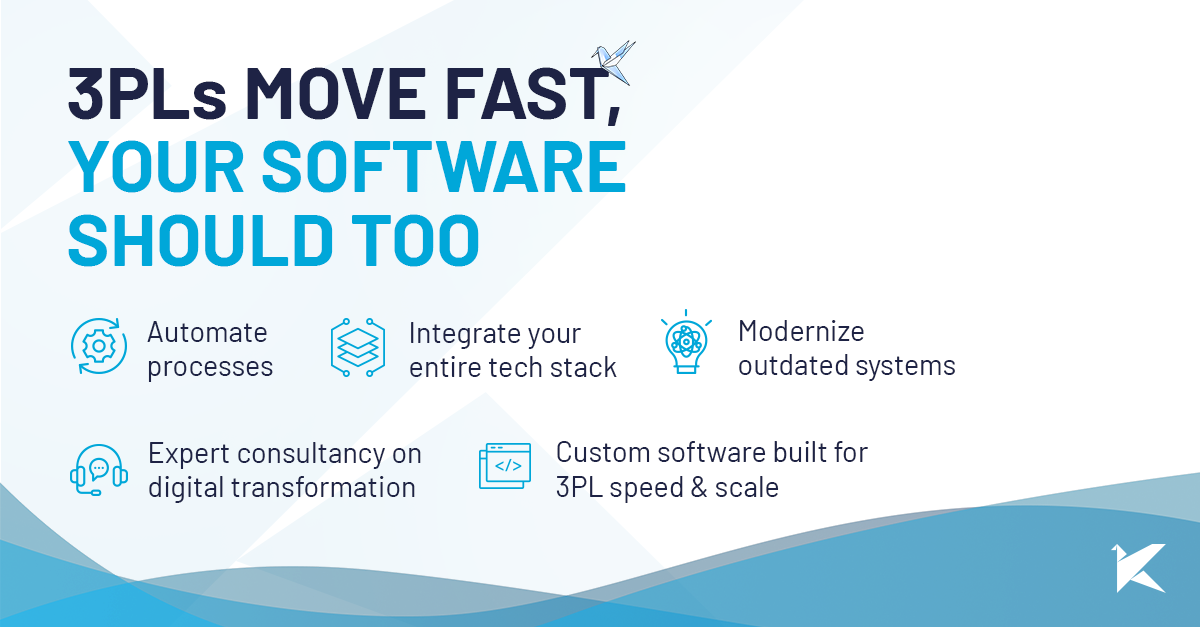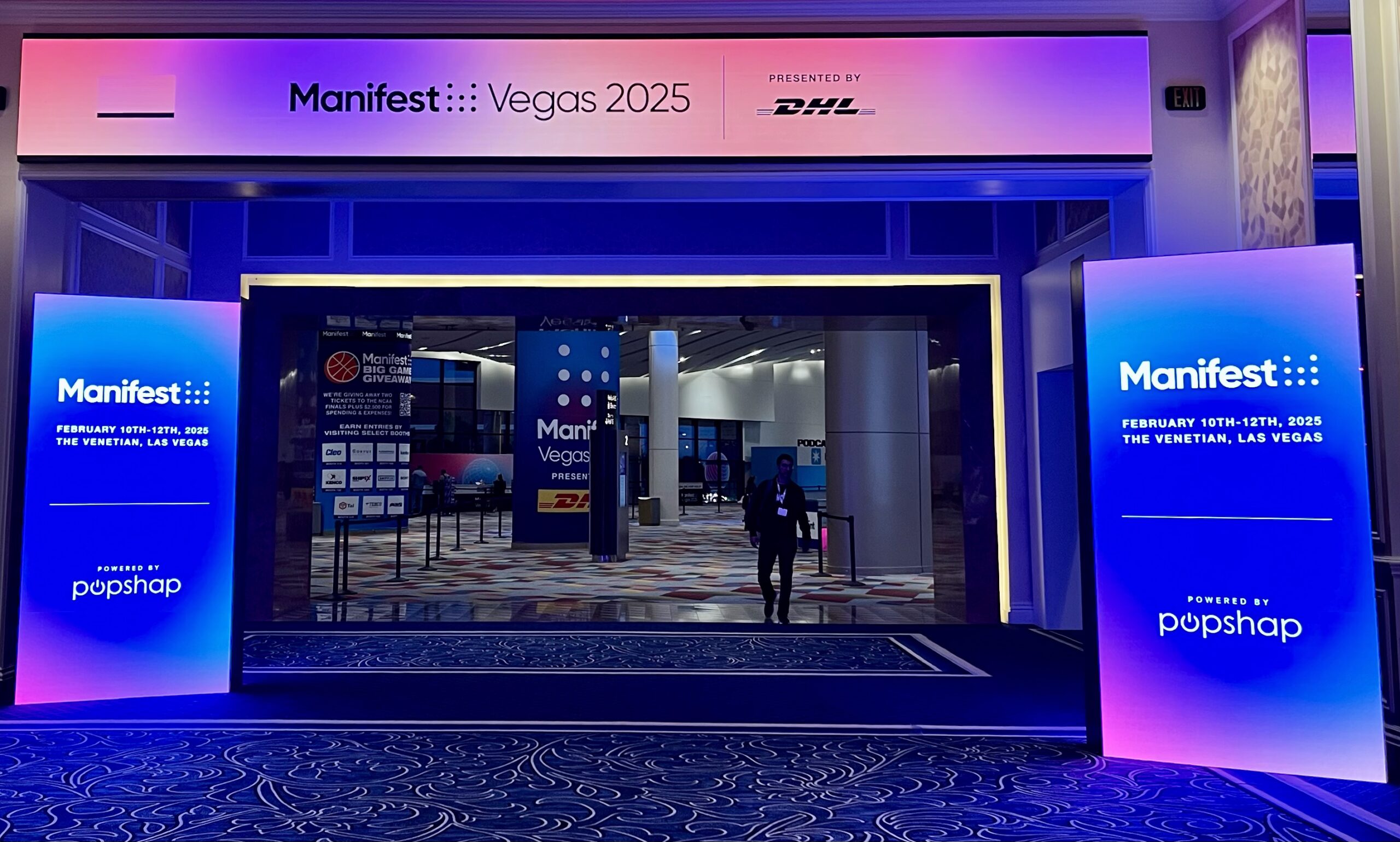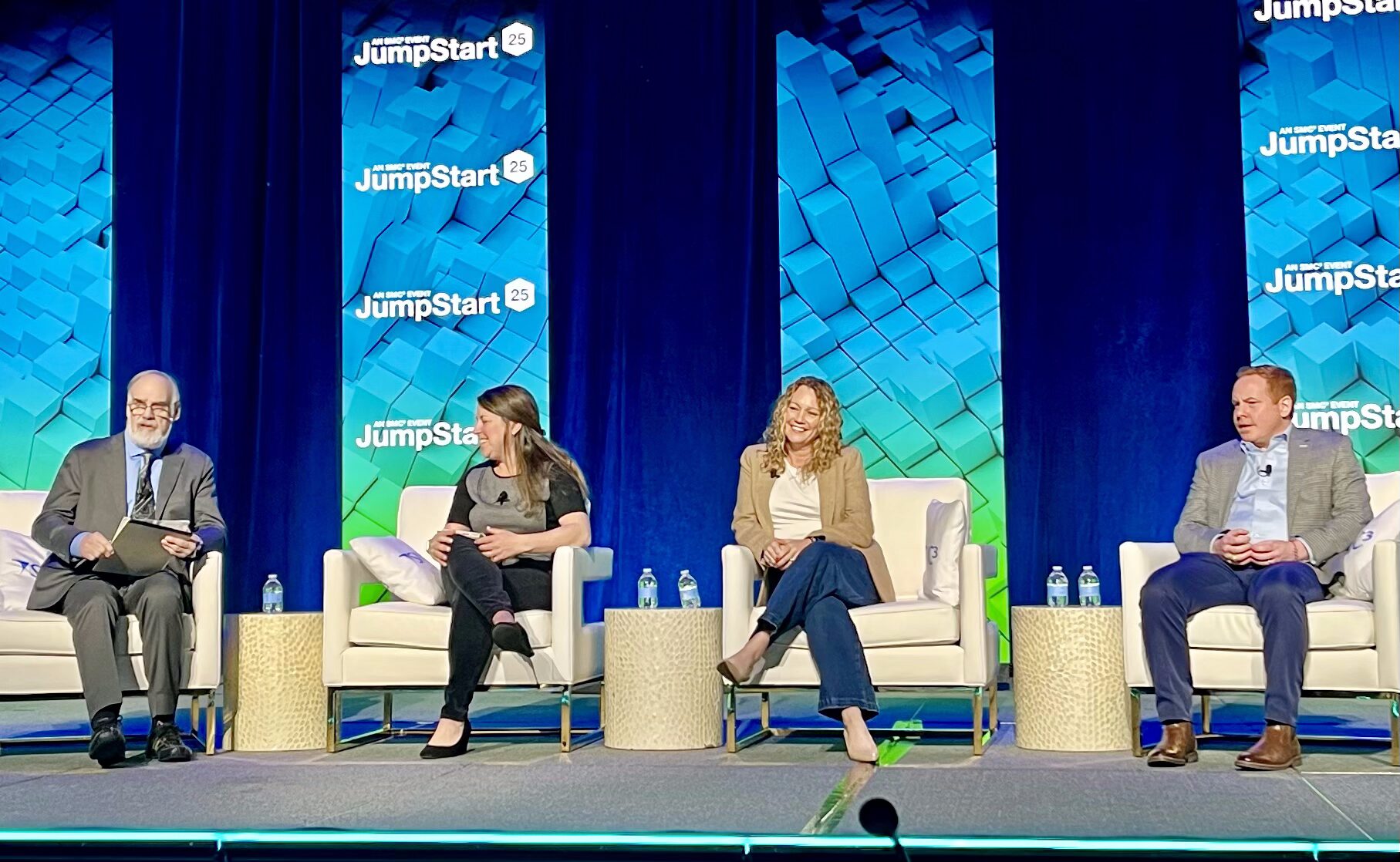Seeing the benefits of GenAI in software development without actively exploring how to implement them in our processes feels like ignoring the obvious.

For this reason, starting this year, Kaizen is investing in developing this competency and understanding how we can apply GenAI in our day-to-day operations and leverage its benefits within software development.
We see two key ways GenAI impacts our discipline:
- Create systems with GenAI-powered features.
- Use GenAI to accelerate development.
In short we want to:
- Speed up AI adoption in software dev.
- Level up our capabilities.
- Share what we learn
To be clear: This exploration focuses specifically on GenAI, excluding other areas like Machine Learning, Computer Vision, Natural Language Processing, and Robotics.
The Tip of the Iceberg
This is not a post about the benefits of GenAI applied to software development, so I won’t delve into that. I’ll take it as obvious that the impact is expected to be massive and inevitable.
Faced with this large-scale transformation, it’s natural that both the people who make up our teams and our clients feel curious, question its scope, and actively seek ways to incorporate this technology into their daily work.
This drive has two key engines: on one hand, the sheer magnitude of the technological disruption we are witnessing and, on the other, people’s innate curiosity to explore its potential. We want to channel this energy in a structured way, ensuring that the adoption of generative AI is carried out with an organized and sustainable long-term approach within Kaizen.
Our commitment is to guide this revolution responsibly, protecting the privacy of data and the security of our clients and collaborators. The key is not just to integrate the technology, but to do so in a way that enhances human capabilities and generates a real and positive impact in our industry.
The Complex Nature of GenAI Adoption
One challenge in adopting this technology is that its process is completely different from cloud solutions, specific frameworks, or programming paradigm changes that we are already familiar with.
A priori, the difference mainly lies in that:
- The applicability of this technology is constantly evolving.
- The value that GenAI offers depends both on the user’s ability to interact with the tool and on the iterative process of constant testing and adjustment.
- New tools emerge daily but haven’t yet consolidated in the market.
- It’s still difficult to define what AI adoption means in more concrete terms.
Therefore, we understand that adopting GenAI cannot be done in a deterministic way. Instead, it’s better to see it as a wicked problem (complex problem, without a clear or definitive solution), because there is no clear process for achieving adoption and we don’t know what needs to happen or should have happened to affirm that we have adopted GenAI and that we are using it in an appropriate and productive way.
Structure and Adoption Methodology
To carry out this adoption process in an organized and effective way, we are leveraging a company area called Innovation Hub. In this space, projects are developed and teams are formed to work on different initiatives. The goal of this group is to help us expand our offerings, support the technical pre-sales team, take advantage of opportunities to improve the company’s administrative and operational efficiency, and simultaneously acquire knowledge about new technologies.
This group seeks elasticity, where different people from various teams can work on a common project. It proactively encourages participation from different people, which promotes cross-pollination and a culture of innovation.
Additionally, to address the AI adoption project given the characteristics of this technology, inspiration was drawn from Henrik Kniberg’s book “Generative AI in a Nutshell”, especially the chapter referring to “Leading the Change.”
We found in this approach a mechanism that tackles the complexity of adopting something as disruptive as AI, promotes experimentation, responsible use, and is quite compatible with our culture and organizational structure. A key characteristic is that it is bottom-up and top-down approach, seeking to viralize adoption through demonstrations of what can be done while making formal mechanisms available to make time and tools available to learn how to use it.
What’s Next?
Generative artificial intelligence is transforming the software industry, and at Kaizen we are not passive spectators: we are actively exploring how to apply it in concrete, useful, and responsible ways.
As a client, this means that:
- We won’t make false promises or create expectations we can’t meet.
- We will test, validate, and transparently share our successes and failures.
- You’ll be able to benefit from greater efficiency and new capabilities in projects, always with a pragmatic approach.
We will create spaces for dialogue to discover together how GenAI can bring real value to your business. The future is inevitable, but we can choose how to build it. And at Kaizen, we want to build it together with you.




